'Best Of'
An appreciation of Mike Strantz's short but boundary-pushing career
Studying immense subjects can be a lifelong endeavor. The journalist Robert Caro has been chronicling the life of Lyndon Johnson since 1982, and he’s not yet finished. World War II still provides historians with inexhaustible sources of reflection, revision and debate. And Biblical scholars continue to make new discoveries and archeological connections centuries after the fact.
Topics limited in time and space are much more manageable (though not necessarily simple): the Cuban missile crisis; Quentin Tarantino films (there are just 10); the 20 existing paintings of Leonardo da Vinci. In golf, saying definitive things about the work of architects like Donald Ross, Robert Trent Jones or Tom Fazio is nearly futile because their output is so vast and varied. But exploring the oeuvre of Mike Strantz is something most golfers can take on.
Strantz built just eight courses before his untimely death to cancer at age 50 in 2005. Those eight designs, opened within a 10-year window, represent one of the most emphatic bursts of creativity and boundary-pushing the profession has ever known. His hole compositions and greens shaping were so original they’re often shocking, simultaneously sensual, surreal, twisted, intimidating and mad. The word artist is often applied too loosely, but it fits Strantz, whose pencil sketches of his architectural ideas remain nearly as captivating as the living thing.
He came up in the 1980s and early 90s working on crews for Fazio, whose ability to sculpt vast sections of naked earth into beautifully proportioned landscapes defined the modern sense of golf course aesthetics. It’s assumed that it was during this early phase that Strantz learned how to shape and structure his holes, but those who worked with him on the Fazio projects contend it was actually his vision that influenced them and infiltrated their perspectives on golf course design.
Strantz is gone but his legacy endures through his courses, six of which are open to the public. A wonderful road trip ranging between Myrtle Beach and the Richmond, Va., area will give golfers a sense of what made his outlook on strategy, emotion, wit and deception so unlike anything else that exists in golf.
Scroll on to learn more about each course and be sure to expand each course page to read reviews from our course-ranking panelists. We hope you enjoy our searchable course database, Places to Play, our new hub for course reviews, experts’ opinions and star ratings.
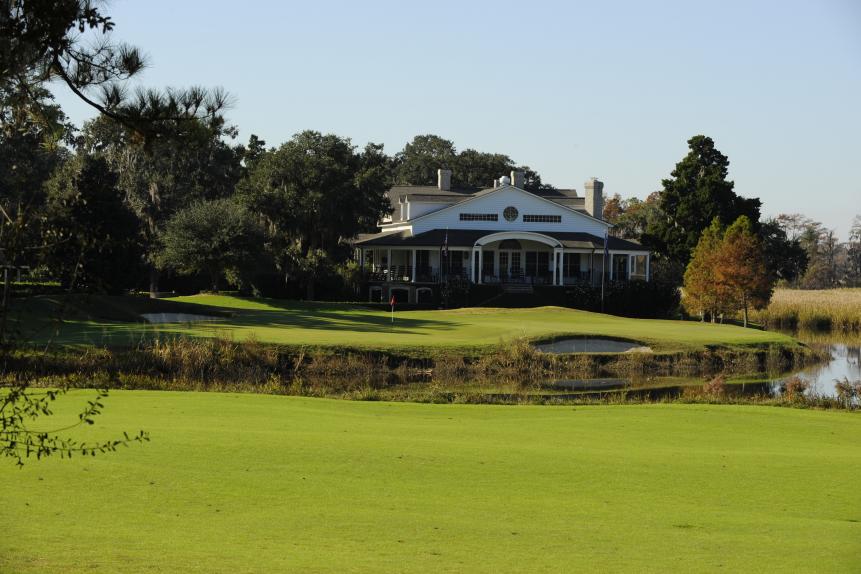
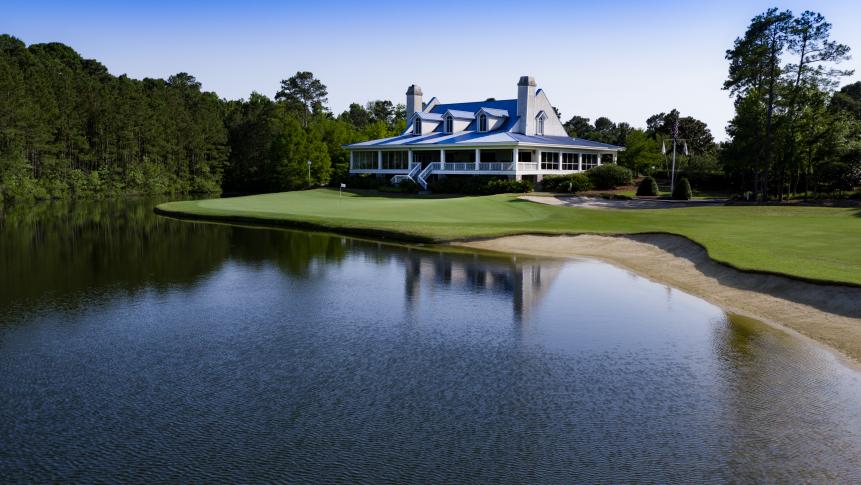

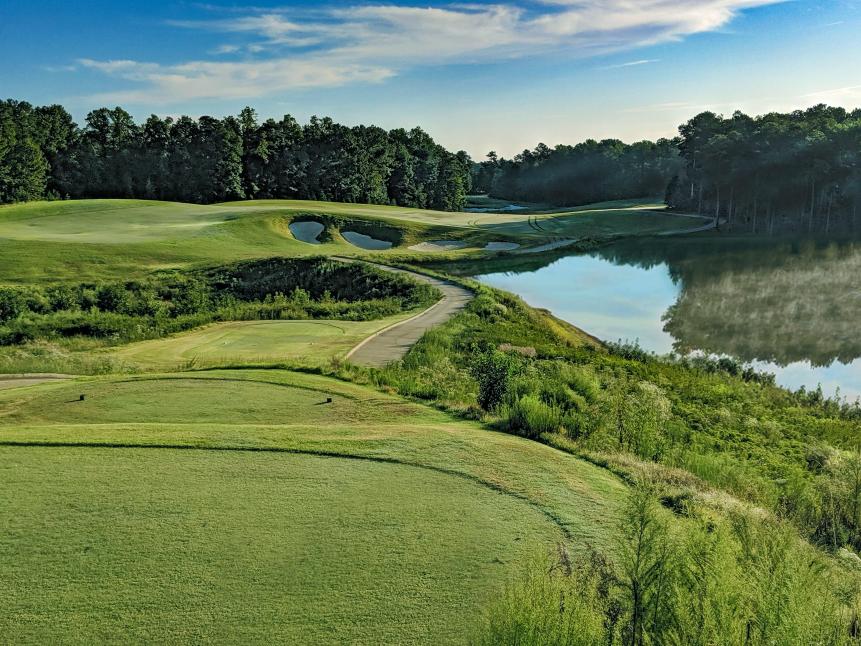
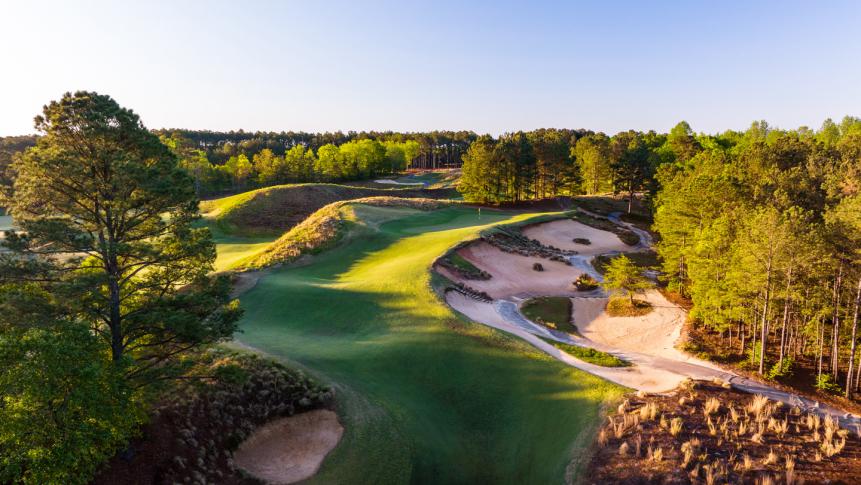

And the private courses:
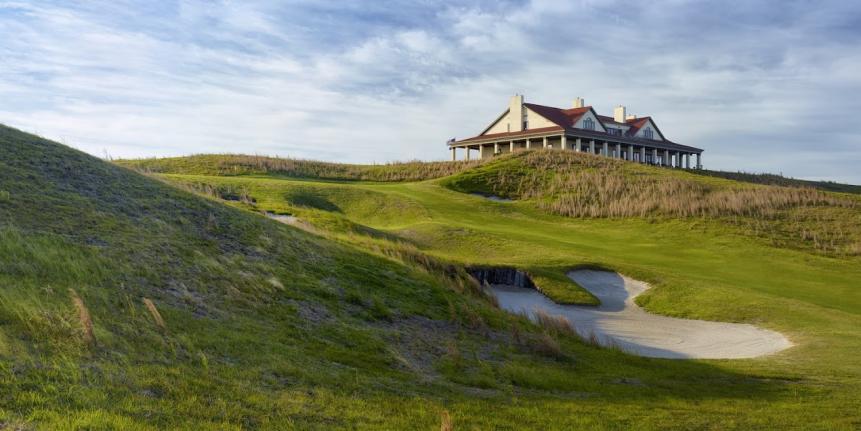
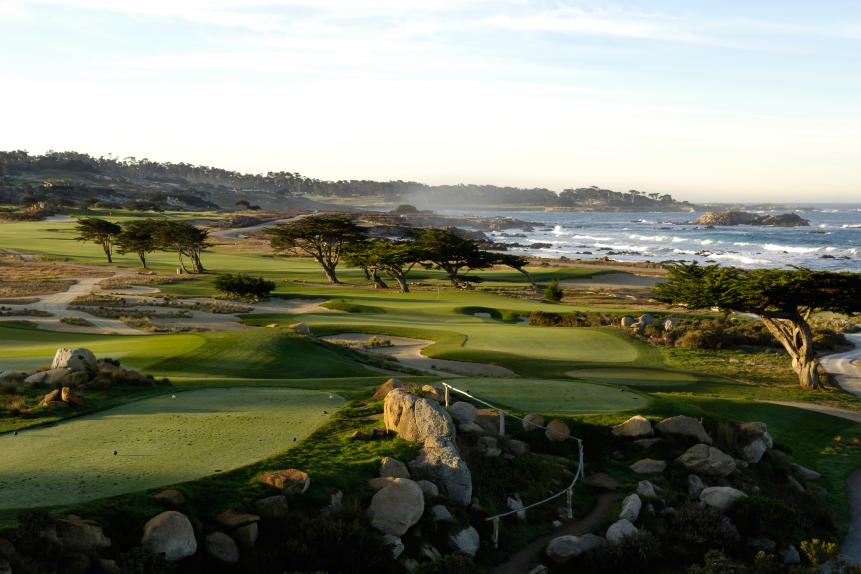
Strantz began working on the Shore Course around the same time he was diagnosed with cancer—he died not long after its completion in 2004. The project entailed creating an entirely new design over the top of the club’s existing 1960s era course that never lived up to the grandeur of the location. Strantz rebuilt and reconceptualized six tree-lined inland holes, then reversed the direction of the other 12 that spin through a windswept, oceanfront plain. In many ways it’s his most accomplished, self-possessed work, with alluring presentations of cypress, greens, bunkers, coastal plants and land movements in every direction. The Shore Crouse contains the telltale quirk and extravagant green contours Strantz was known for, but he also knew the setting of the holes against the Pacific Ocean was enchanting enough and didn’t require any extra juice or gilding.

